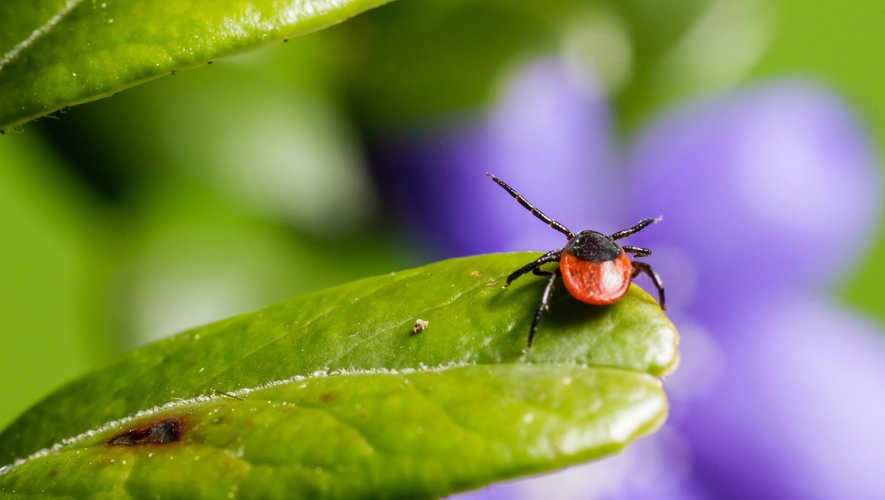CiTique, a participatory research program on ticks in France, posted a tracking, which identifies tick bites. Between 2017 and 2023, more than 72,000 have been reported. And these bites do not only happen during outdoor outings, they happen for almost a third of them in familiar places.
Every summer, the ticks come back. CiTique, an organization belonging to INRAE (National Research Institute for Agriculture, Food and the Environment), published this week a CiTique Tracker, a census since 2017 of tick bites in all territories. French.
During these 7 years, CiTique recorded 72,141 reports, including 61,220 on humans and 10,921 on animals. And if you believe that tick bites only happen in the forest, it appears that only 46% occur during your outdoor walks.
A third of bites in a familiar place
If 13% of the bites of these small mites are in the meadow in the tall grass, it appears that 30% of the people who made a report were bitten. in familiar places, i.e. the home, private gardens or public parks. For animals, bites in close environment increase to 36%.
Especially since they reach 54% for all individuals during leisure activities, such as hunting, fishing, summer camps or in a leisure center. It appears that a third (33%) of humans are bitten in their place of residence, when sunbathing in their garden, on a picnic, or inside your home. For animals, the place of residence is the main environment (63%) where these little beasts cling.
The youngest are the most affected
Unlike mosquitoes, which look for a certain type of blood, in particular group O according to Japanese researchers, this is not the case with ticks. However, it appears that children between 0 and 10 years old are the most affected. They represent 23% of reports, or 12,383 children.
Active adults also represent a significant proportion of the most bitten people: 37% of 31 to 50 year olds. This high rate can be explained in particular because these population categories are more inclined to practice outdoor activities.

